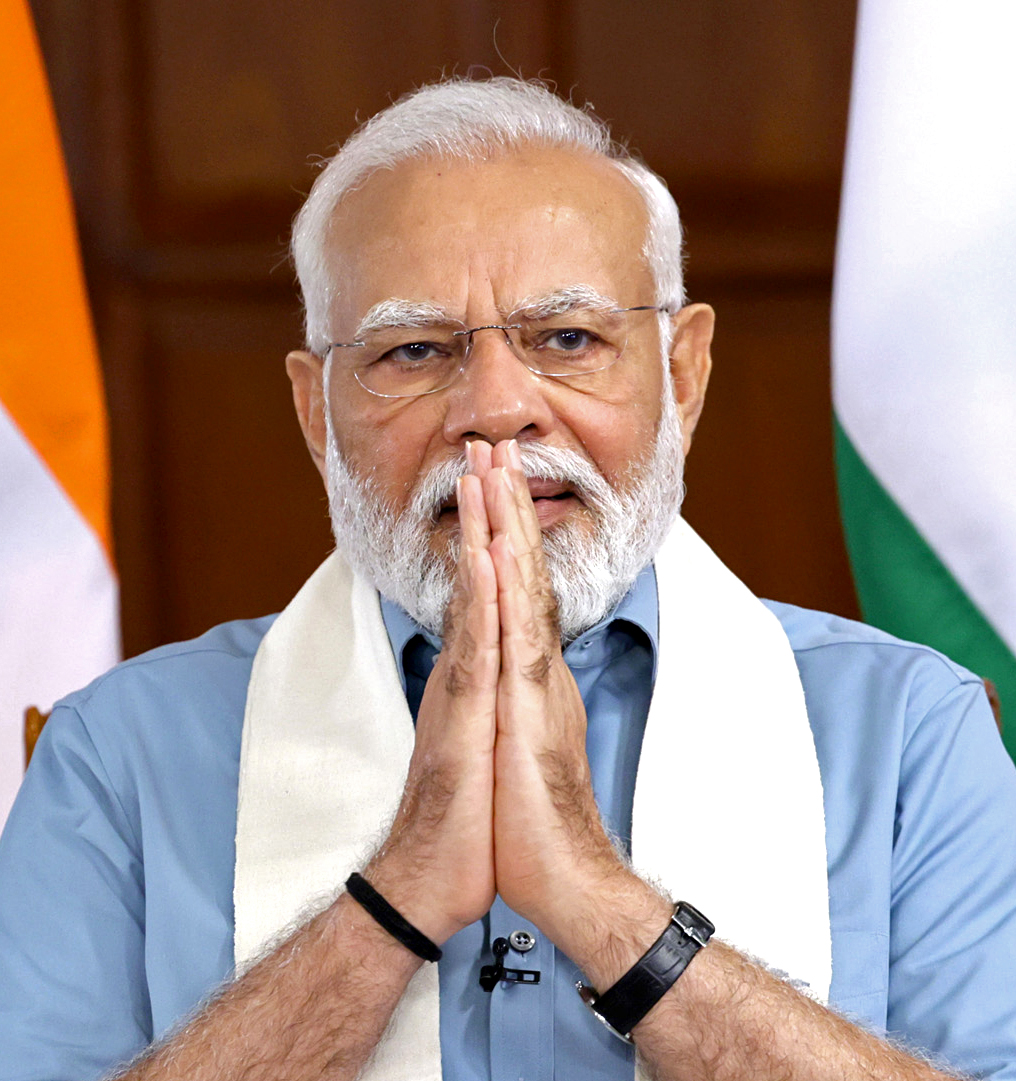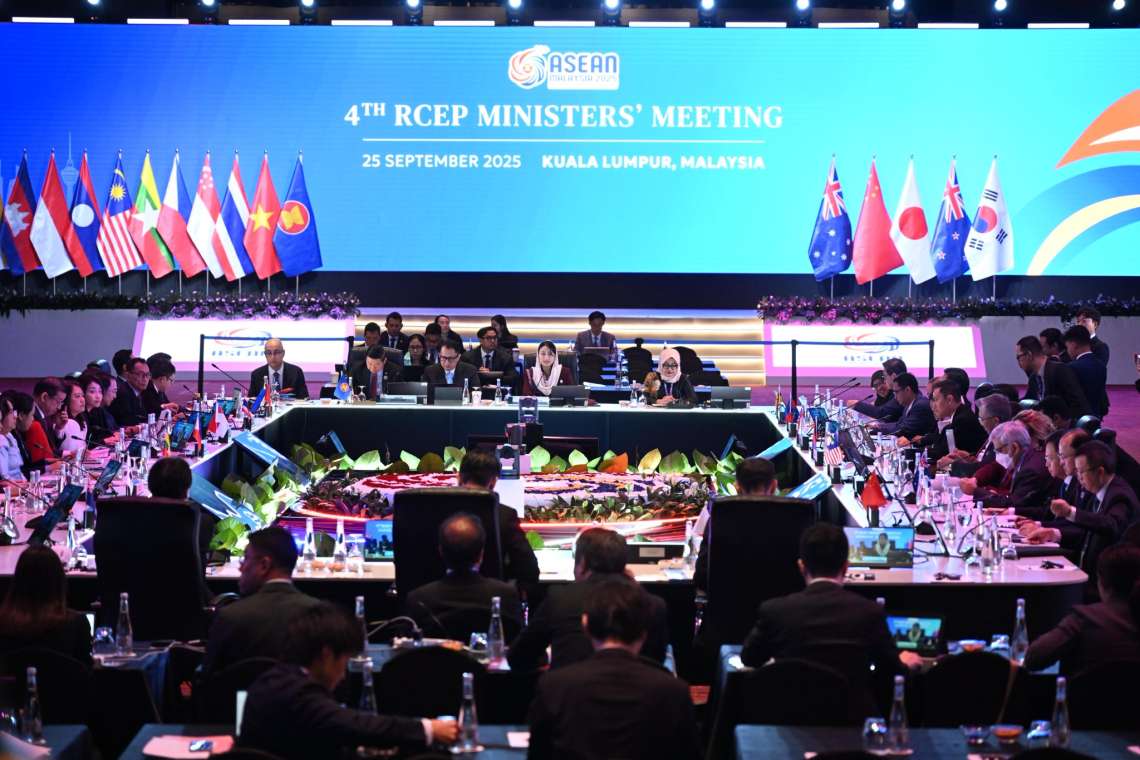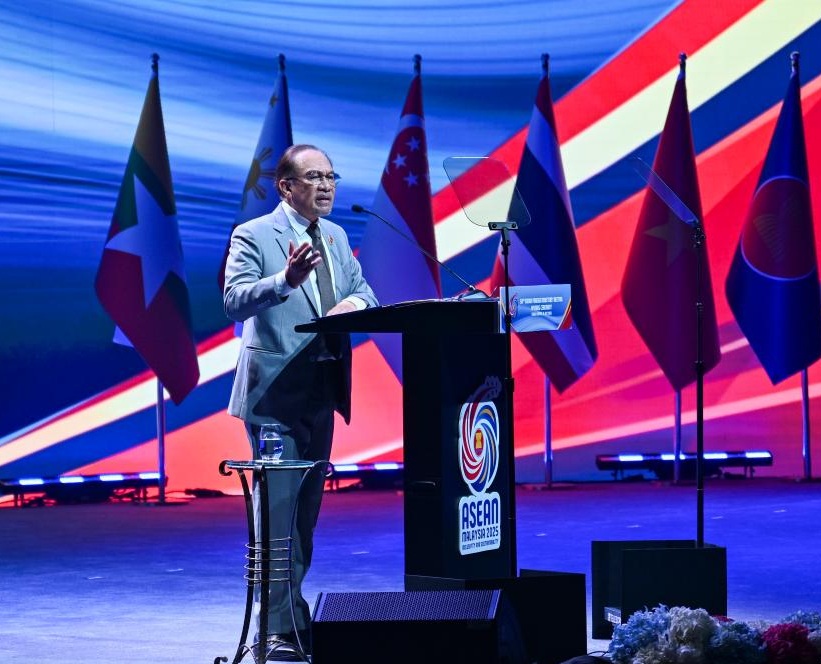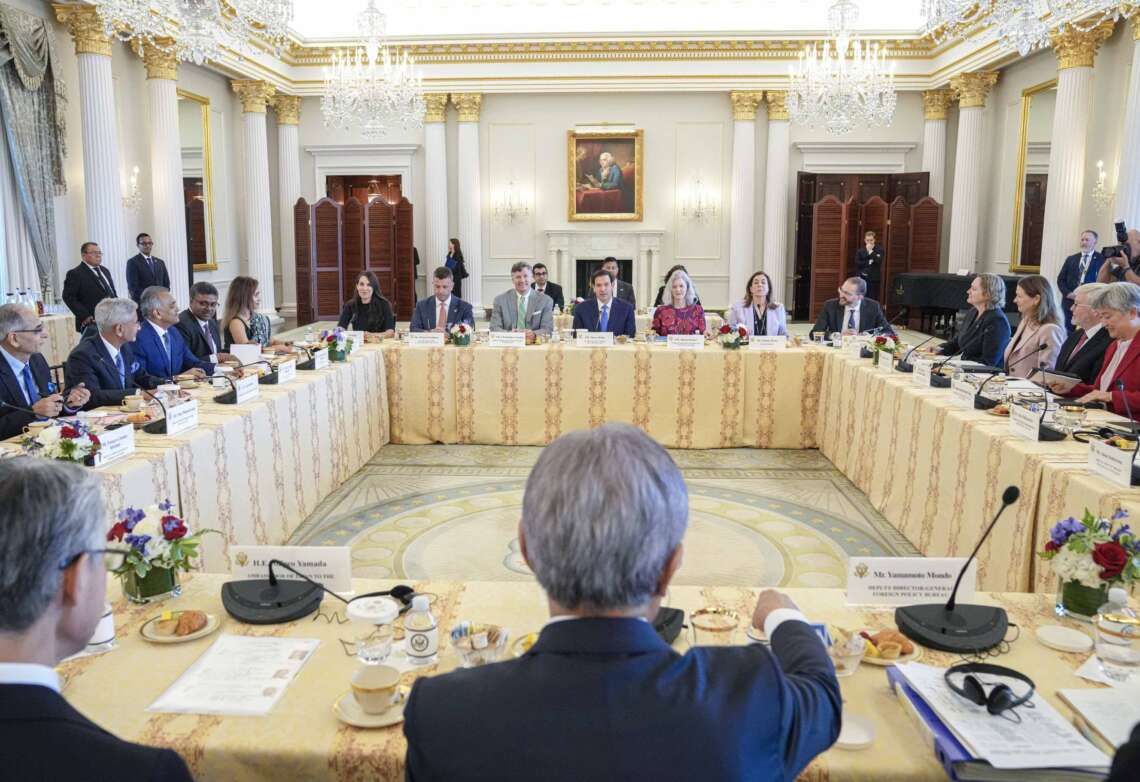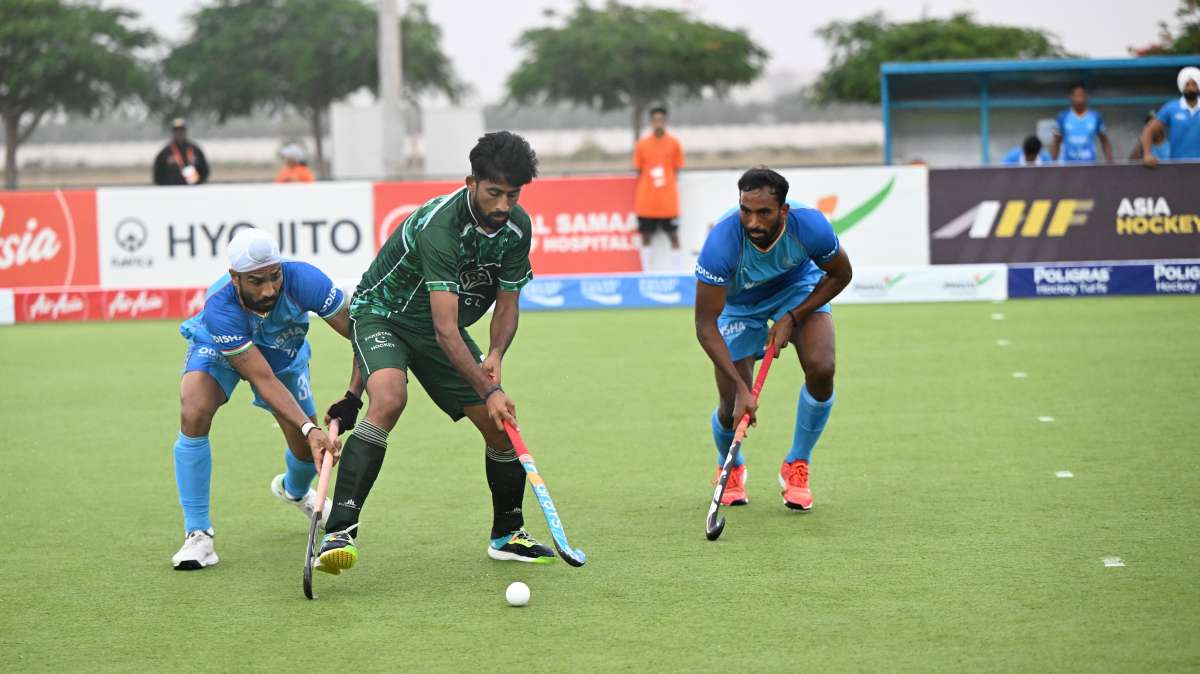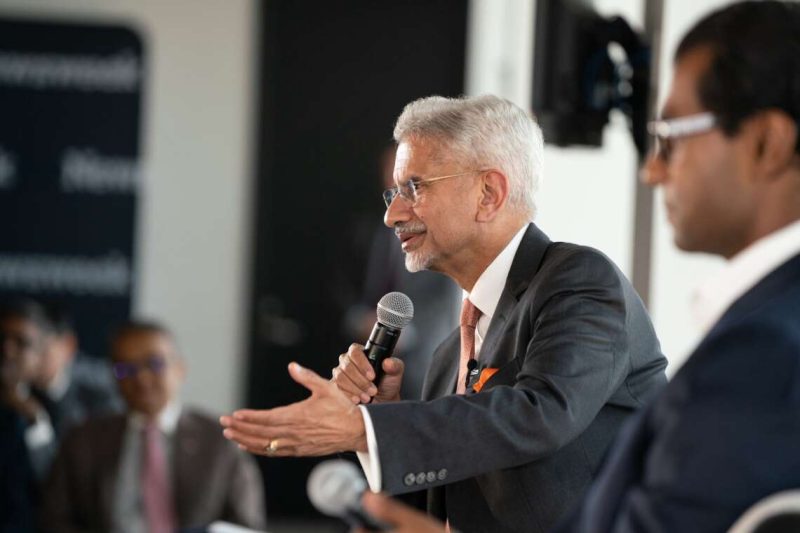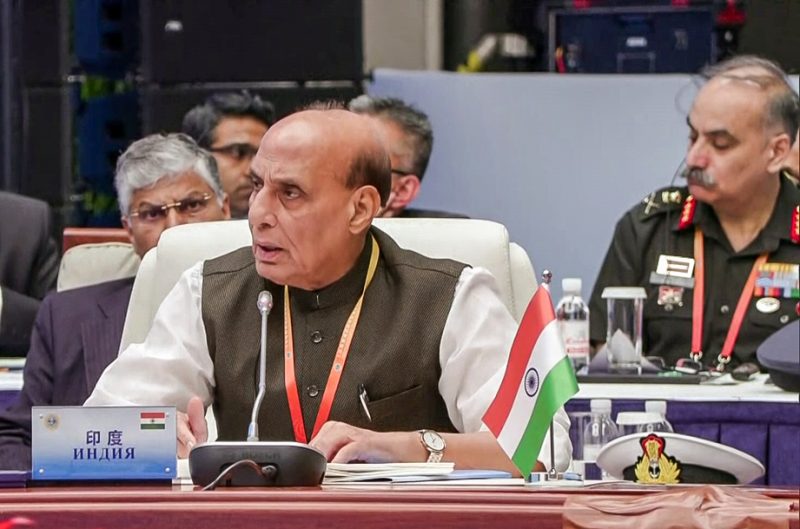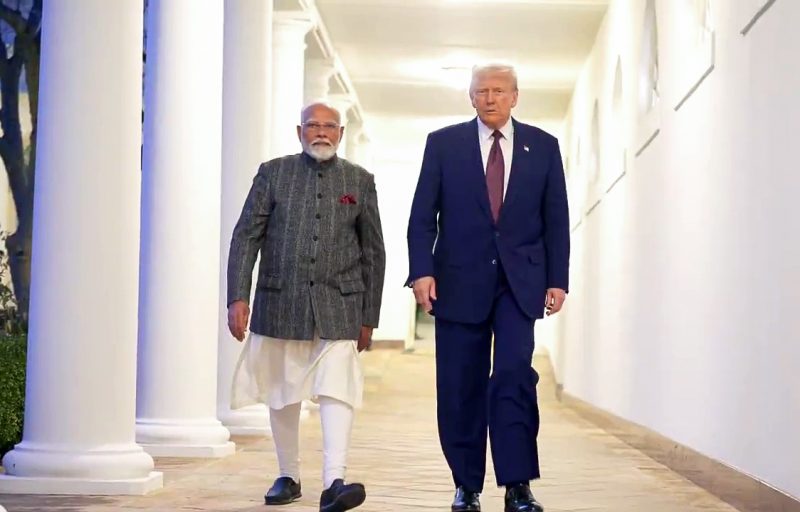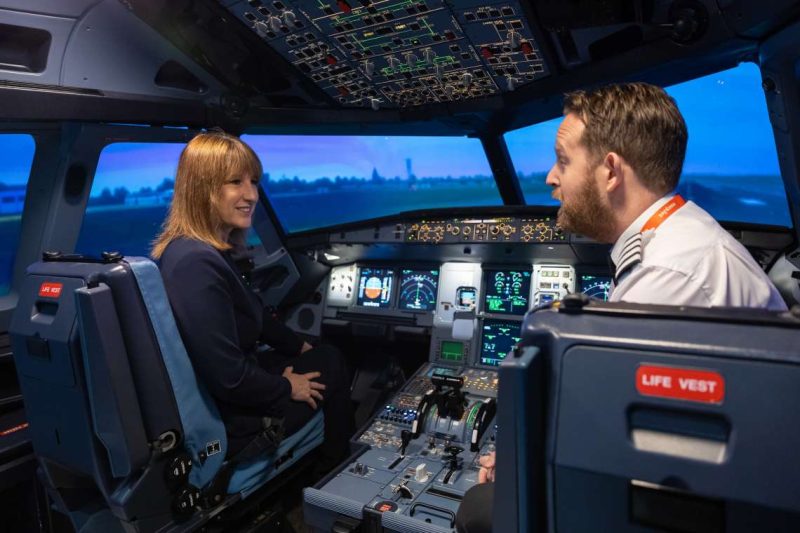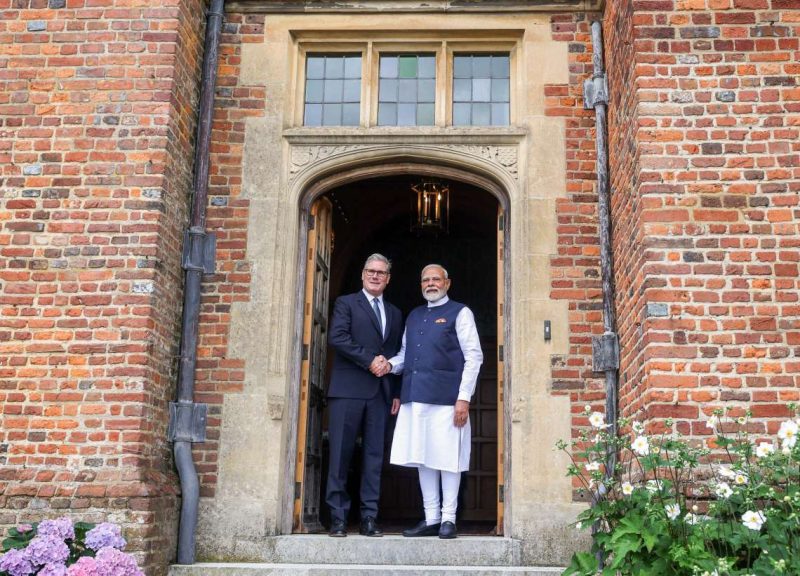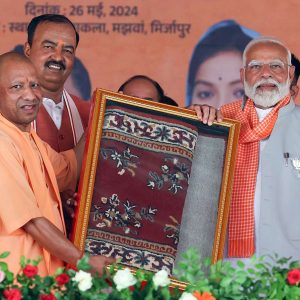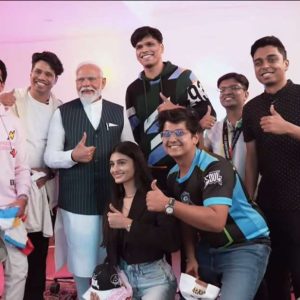The Summit will review the progress of India-ASEAN relations and chart the future direction of co-operation….reports Asian Lite News
Prime Minister Narendra Modi will visit Jakarta on September 06-07 to attend the 20th ASEAN-India Summit and the 18th East Asia Summit—hosted by Indonesia as the current Chair of the ASEAN, the Ministry of External Affairs said.
According to the MEA, the forthcoming ASEAN-India Summit will be the first Summit since the elevation of India-ASEAN relations to Comprehensive Strategic Partnership in 2022.
The Summit will review the progress of India-ASEAN relations and chart the future direction of co-operation.
The East Asia Summit would provide an opportunity for Leaders of ASEAN countries and its eight dialogue partners, including India, to exchange views on issues of regional and global significance, the MEA said.
Last year, India and ASEAN celebrated 30th anniversary of ASEAN-India relations with host of activities, including the first foreign ministers meeting in New Delhi, an exchange of parliamentary delegations, an artists’ camp, a music festival, the first ever defence ministers’ meeting and the first ASEAN-India maritime exercise in May 2023.
This year on July 13-14, External Affairs Minister S Jaishankar went to Jakarta for foreign ministers’ meeting under the ASEAN framework in the format of ASEAN-India, East Asia Summit, and ASEAN Regional Forum.
India firmly supports ASEAN centrality and the ASEAN outlook on the Indo-Pacific. ASEAN is a crucial pillar for India’s wider Indo-Pacific strategy and vision.
The two-way trade (in goods) between India and ASEAN reached $110.39 billion in 2021 and rose to $131 billion in 2022-23. India’s trade with the ASEAN accounted for 11.3% of the country’s global trade in 2022-23.
Last month, the two sides reached an agreement to review their free trade pact for goods and set a 2025 goalpost for concluding the review aimed at addressing the asymmetry in bilateral trade, the Ministry of Commerce and Industry said in a statement on August 21.
India is actively engaged in strengthening its cultural relations with the countries of the ASEAN and this includes, setting up cultural centres, gifting of items of shared cultural heritage and collaboration on cultural research and documentation.
The historical relations with ASEAN countries go as far back as 2000 years. Several imprints of the past related to religion, customs and traditions of India are still visible in the life and traditions of the countries of ASEAN.
For example, Garuda, the legendary bird in Hindu and Buddhist mythological traditions, is the national emblem of Indonesia. Garuda is also represented in Wayang, a traditional puppet culture of Indonesia’s Java which is also a home to the 10th century built Prambanan Temple-dedicated to the Trimurti—Brahma (the Creator), Vishnu (the Preserver) and Shiva (the Destroyer).
The Prambanan Temple, which finds itself in the UNESCO World Heritage site, is the second-largest temple in the region after Angkor Wat of Cambodia. Indonesia’s Java and Bali provinces are fully drenched with cultural sentiments of Ramayana.
The portrayal of the Ramayana on stone is seen in Central Java, where the epic is carved onto the courtyard balustrades in the Chandi Shiva and the Chandi Brahma temples. In fact, the Ramayana remains in the imagination and cultural milieu of Indonesia.
Thailand, another ASEAN country, continues to be overwhelmed by religious and cultural matrices from India. The shared link of Buddhism is reflected in regular pilgrimages to places of Buddhist interest in India by a large number of Thai people. Hindu elements can be found among those reflected in Thai architecture, arts, sculpture, dance, drama and literature.
Thai language incorporates Pali and Sanskrit influences. A large Indian diaspora living and working in Thailand is another important bond. Similarly, despite being prominently a Buddhist country, Cambodia retains a strong influence of both Hindu and Buddhist rituals, idolatry and mythology which can be seen in many of its rituals having resemblance with Indian culture and traditions.
Khmer language too is a live example of Indian culture which has approximately more than 3000 words that originated from ancient Indian Sanskrit language.
Later the pervading influence of Hinduism, Buddhism, and Indian architecture are borne out by the magnificent structures at Angkor Wat, Angkor Thom, Bayon, Ta Prohm, Banteay Srei, Preah Vihear and other religious and historical sites in Cambodia.
India-Myanmar relations are rooted in shared historical, ethnic, cultural and religious ties. As the land of Lord Buddha, India is a country of pilgrimage for the people of Myanmar. India and Myanmar relations have stood the test of time.
Central Vietnam, it is said, still reverberates with its civilizational connection with India through its Cham people who have still kept their traditions alive for centuries, despite being far from India’s shores. It is said that elements of Indian civilization through art, architecture, knowledge traditions and philosophies were introduced in Vietnam by merchants, artists, and monks since the first millennia CE.
Champa Civilization in South and Central Vietnam played a significant role in linking Indian cultural elements and practices with Vietnam. The message of Lord Buddha was introduced to Vietnam by Indian Buddhist masters in the 2nd century CE.
One of the key areas of engagement between both is the domain of ‘Maritime cooperation’ which remains the key plank of security relations as well. This also includes bilateral interest of both sides to augment their maritime infrastructure and connectivity links.
The two sides held their first Maritime Exercise—AIME-2023—in the South China Sea in May this year. According to India’s Ministry of Defence, approximately 1400 personnel manning nine ships participated in the sea phase of the multilateral naval exercise.
India’s indigenously designed and built ships- destroyer INS Delhi and stealth frigate ‘INS Satpura’, maritime patrol aircraft P8I and integral helicopters exercised with ASEAN naval ships from Brunei, Indonesia, Malaysia, Philippines, Singapore, Thailand and Vietnam.
The two-day sea-phase witnessed a wide spectrum of evolutions at sea including tactical manoeuvres, cross deck landings by helicopters, seamanship evolutions and other maritime operations.
Apart from honing skills in the maritime domain the exercise enhanced interoperability and demonstrated the ability of Indian and ASEAN navies to operate as an integrated force to promote peace, stability, and security in the region.


